This is the best way to clean engineered hardwood floors
Professional cleaners and flooring experts reveal their secrets to keep floors shiny and protected
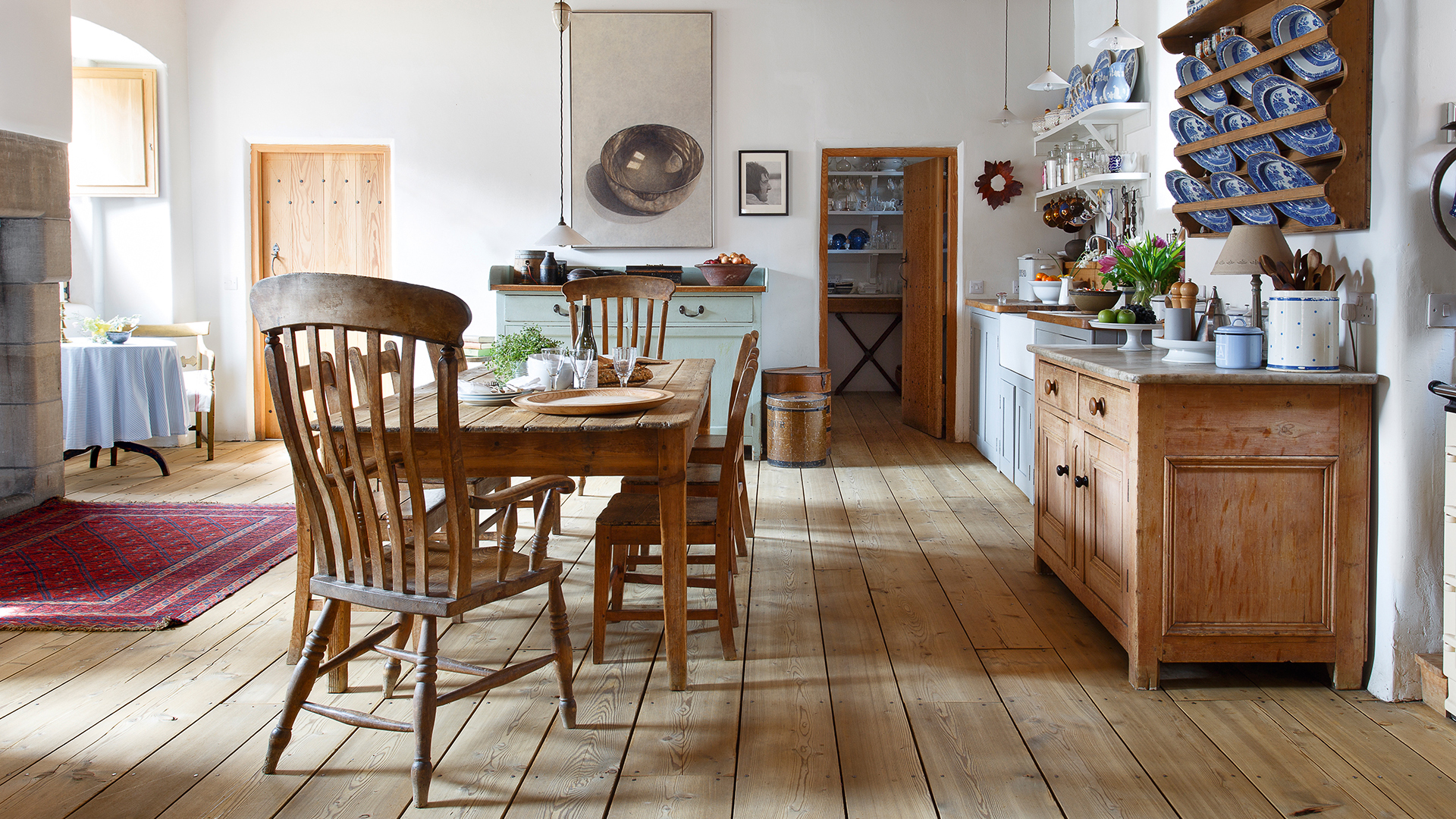
Engineered hardwood floors bring a natural beauty to our homes and although they are man-made they still need to be cleaned and protected in a similar fashion to natural hardwood.
Our experts say you need to be mopping for a deeper clean, but in a way that continues to protect the surface from scratches and de-coloring.
The best vacuums for hardwood floors only do part of the job so our pros share which cleaning solutions are safe, how to choose the right mop for the job, and their tips to clean your engineered floors as thoroughly as possible.
The best way to clean engineered hardwood floors
1. Vacuum the floor
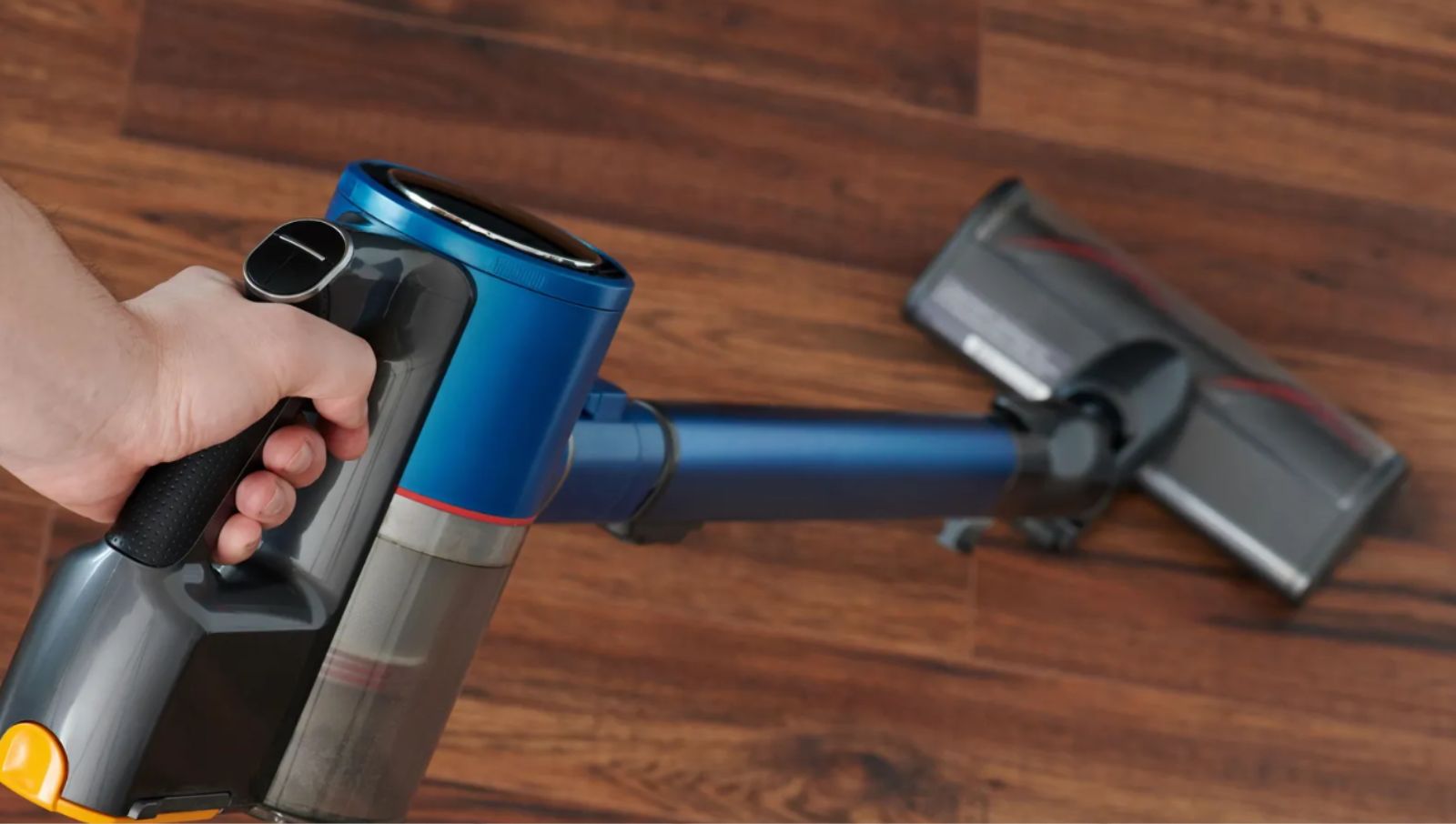
'Start with removing dirt and debris by sweeping or vacuuming,' explains Taylor Riley, cleaning veteran and founder of Boom FSA. 'I recommend using a soft brush attachment or microfiber broom to help prevent scratches.'
Vacuums like the Shark Detect Pro Cordless and the Dyson V12 Detect Slim use soft brushrolls for this exact reason - and they work like a charm on wooden floors.
If your vacuum is a bit more rugged, and you're not currently in the market for an upgrade, a broom with a microfiber head will also do the job while protecting your floors. This dual-sided mop from O-Cedar at Walmart is a stand-out option as you can use it for the sweeping and the mopping.
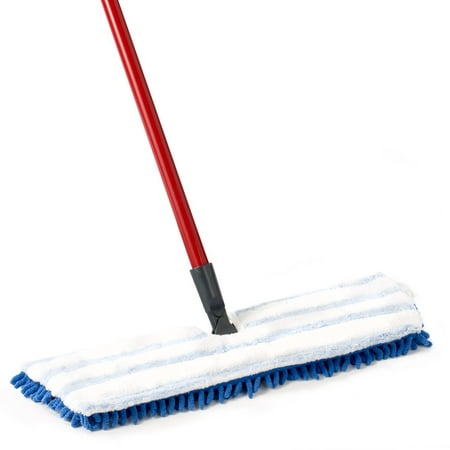
Cleaning your engineered hardwood floors involves sweeping and mopping – and this can do both. It's a worthy upgrade for both wet and dry cleaning, using microfiber that's safe on hardwood floors.
2. Choose the right cleaner
Hardwood, like many natural surfaces, can become affected or even damaged by the wrong cleaning solution. And although it's built differently, the same goes for engineered hardwood as there's still a layer of genuine hardwood on the surface.
'After removing dust and dirt, mop the floor with a microfiber mop lightly dampened with a pH-neutral cleaner specifically formulated for hardwood,' Taylor advises. pH-neutral cleaners minimize potential damage and will avoid discoloring your engineered hardwood floor.
'To avoid damage, it’s crucial to never use acidic cleaners like vinegar or ammonia, as they can strip away the finish and dull the floors over time.'
'From personal experience, I recommend Bona Hardwood Floor Cleaner. It’s a trusted, pH-neutral option that dries quickly without leaving streaks or residue,' Taylor says, adding that the hardwood-safe cleaner is available in bulk for when you need to stock up.
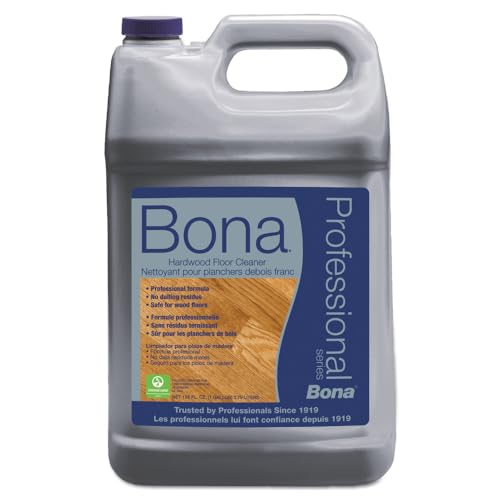
This isn't the first time a cleaning expert has recommended us the Bona Hardwood Cleaner.
3. Grab your mop
When it comes to the best mop for engineered hardwood flooring, there isn't a one-size-fits-all. The O-Cedar dual-action mop linked above is a great choice, but you could improve your cleaning further with something a bit more
Steam mops, particularly on untreated hardwood, can cause more damage than it's worth due to the high heat and excessive moisture, so it's best to avoid those.
Generally, string mops are cheap and effective, but they're not the best choice for wooden floors. They absorb moisture quite heavily, which is what you're trying to avoid when cleaning wood.
Taylor recommends using a microfiber spray mop as it 'allows for better control over moisture.' You can also use the floor cleaner directly from the mop. The Panda Grip Microfiber Spray Mop is a top-rated choice and it comes with three washable and reusable pads.
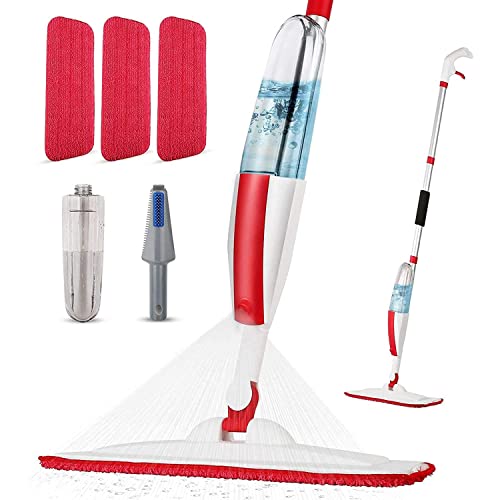
The Panda Grip Microfiber Spray Mop is the perfect choice, with a 360-degree swivelling head and microfiber pads that are safe for hardwood floors (and easily reusable).
Matthew Baratta, VP of operations at Daimer Industries, alternatively recommends a spin mop over other types. 'A spin mop works great for hardwood floors because it allows you to wring out excess water properly,' he mentions, as minimizing moisture levels is key.
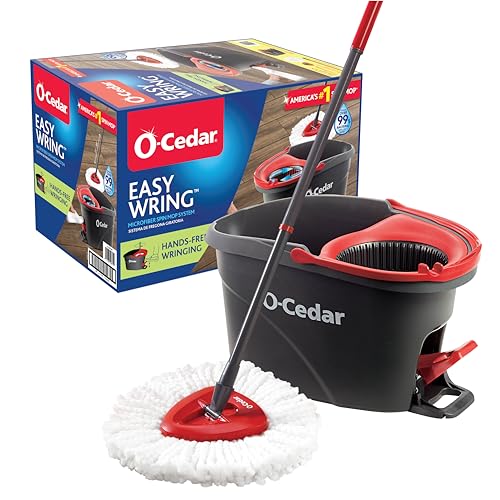
The benefit of a spin mop is precise control over moisture levels. Engineered hardwood can't handle too much water so a spin mop, which offers hands-free wringing, is the ideal choice.
4. Mop, the right way

As emphasized above, you're looking to avoid excess moisture when mopping. If you remember anything from this guide, this is it.
'It’s important to avoid excess water. The mop should be damp, not wet, to prevent moisture from seeping into the floor,' warns Taylor. Water can easily penetrate hardwood's porous surface, causing swelling, cupping or staining. 'If any excess moisture remains, dry the floor with a clean microfiber cloth to avoid water damage.'
Matthew agrees, 'When mopping, ensure your mop is damp (not wet) and that the floor does not stay wet for long.' This is why it's so important to choose the right mop. Traditional string mops, while usually great at cleaning, can end up causing a great deal of damage to your precious floors.
Another helpful tip from Taylor: 'Clean in the direction of the wood grain to minimize streaks and ensure a smooth finish.'
Then, grab your mop and cleaner and mop your floors the right way and clean without streaks. The trick is to start from the edges and move towards the center to avoid missing any spots, and work in sections if you're covering a large area. And don't be too liberal with the cleaning solution, that can actually cause more streaks.
Next, find out how professional cleaners mop hardwood floors.
Sign up to the Homes & Gardens newsletter
Design expertise in your inbox – from inspiring decorating ideas and beautiful celebrity homes to practical gardening advice and shopping round-ups.

Dan is the Home Tech Editor for Homes & Gardens, covering all things cleaning, smart home, sound and air treatment across the Solved section. Having worked for Future PLC since July 2023, Dan was previously the Features Editor for Top Ten Reviews and looked after the wide variety of home and outdoor content across the site, but their writing about homes, gardens, tech and products started back in 2021 on brands like BBC Science Focus, YourHomeStyle and Gardens Illustrated.
They have spent more than 200 hours testing and reviewing vacuums for Homes & Gardens, and have even visited Dyson's engineering labs for the full low-down of the ins and outs of our trusty cleaners.
Dan has a BA in Philosophy and an MA in Magazine Journalism. Outside of work, you'll find them at gigs and art galleries, cycling somewhere scenic, or cooking up something good in the kitchen.
-
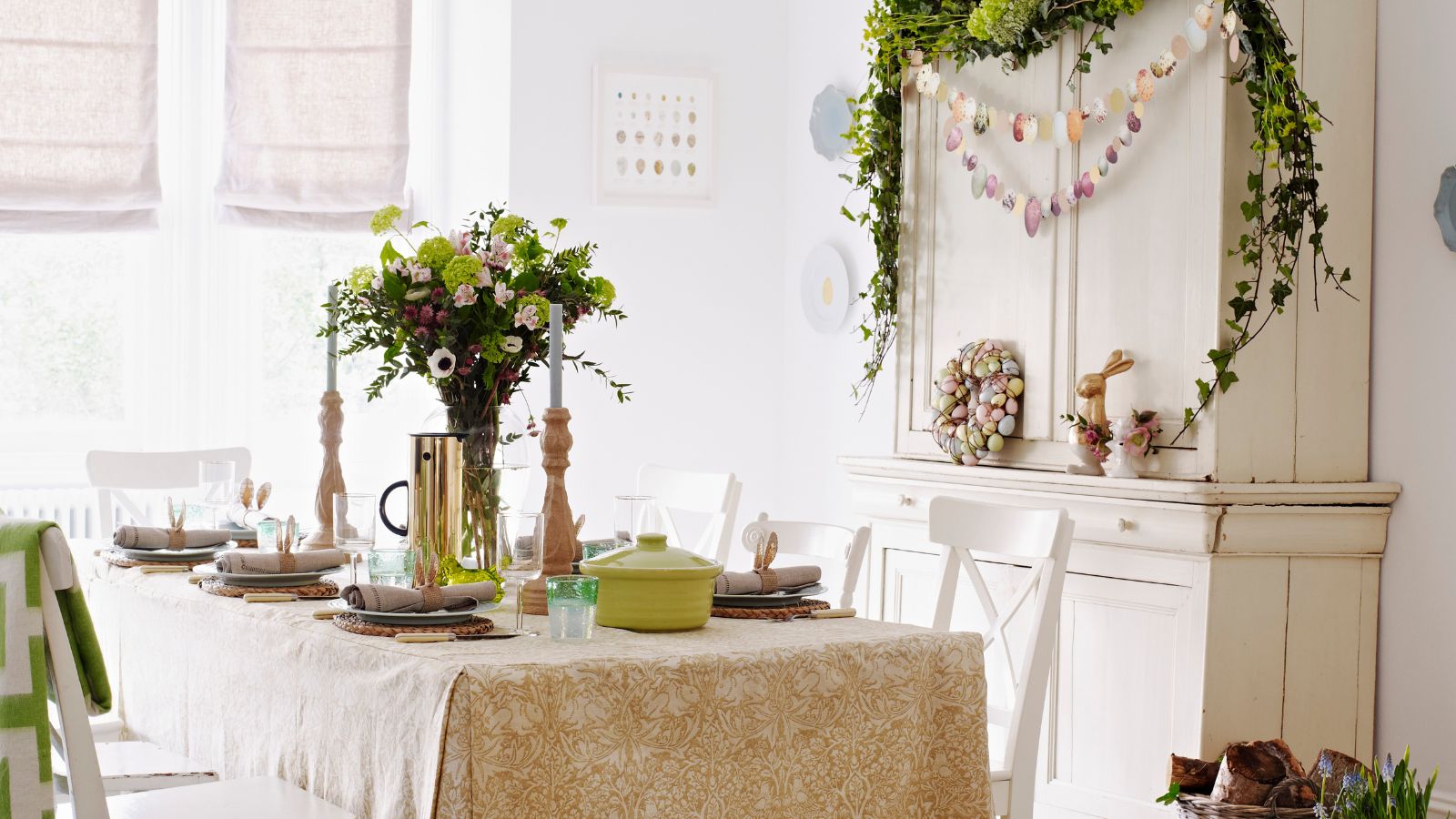 These five easy Easter place name ideas are too pretty not to try - here’s how to make them ready for Easter
These five easy Easter place name ideas are too pretty not to try - here’s how to make them ready for EasterThese easy Easter place name ideas are so simple that anyone can recreate them in time for the Easter weekend to bring personal touch to holiday hosting
By Katrina Harper-Lewis
-
 This laundry heap hack will do away with doom piles – here’s how to use it to prevent mess and speed up laundry
This laundry heap hack will do away with doom piles – here’s how to use it to prevent mess and speed up laundryThis method can help you put away your clothes in minutes
By Chiana Dickson
-
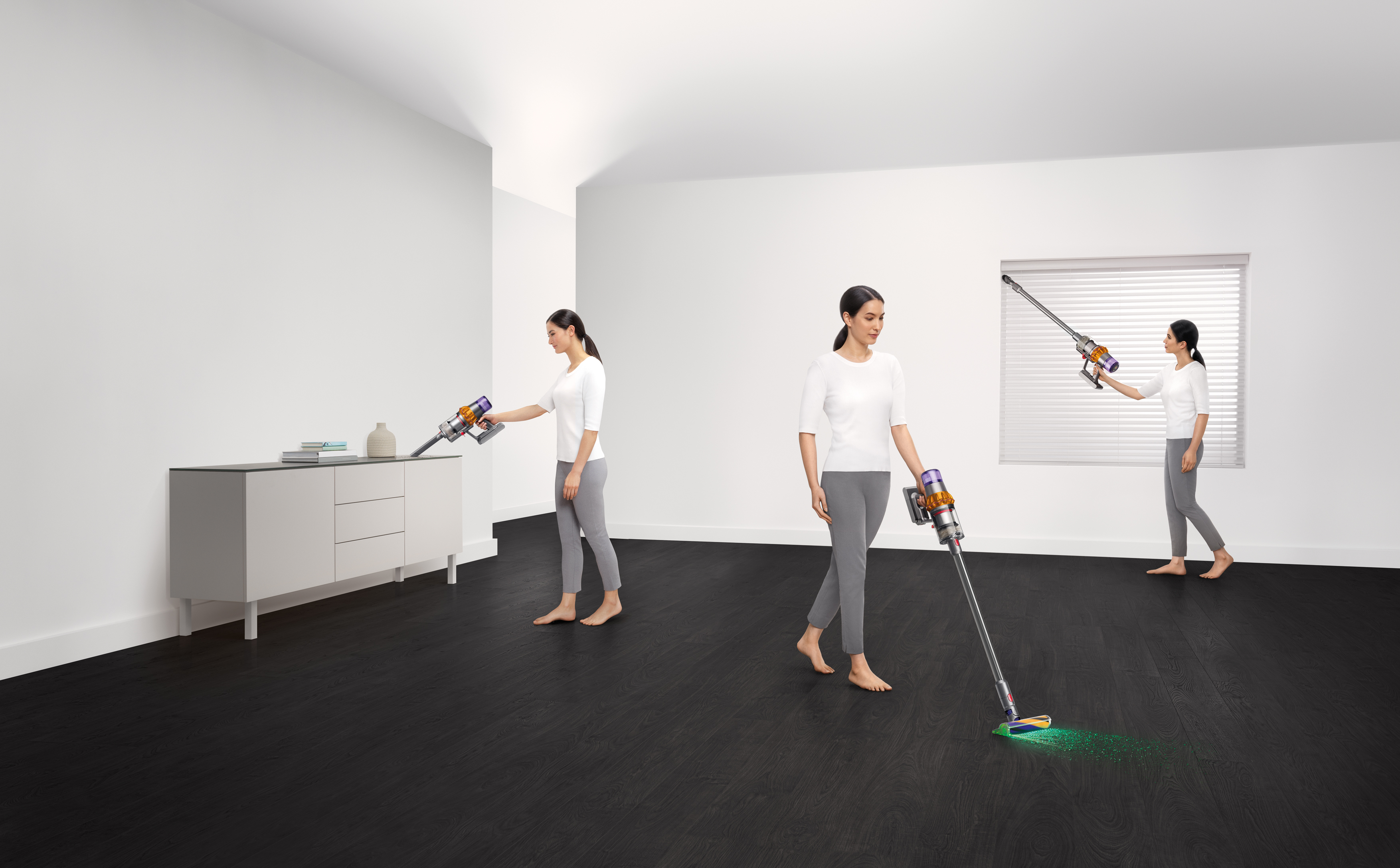 Dyson V15 Detect vs Dyson V12 Detect Slim – which is right for your home?
Dyson V15 Detect vs Dyson V12 Detect Slim – which is right for your home?I've spent more than 200 hours testing vacuum cleaners and these two cordless Dysons are my personal favorites
By Dan Fauzi
-
 I've spent over 200 hours testing vacuums and swear by my two Dysons – this is how I properly clean a Dyson vacuum filter for longer-lasting appliances
I've spent over 200 hours testing vacuums and swear by my two Dysons – this is how I properly clean a Dyson vacuum filter for longer-lasting appliancesYour Dyson vacuum will last much longer and clean at its best
By Dan Fauzi
-
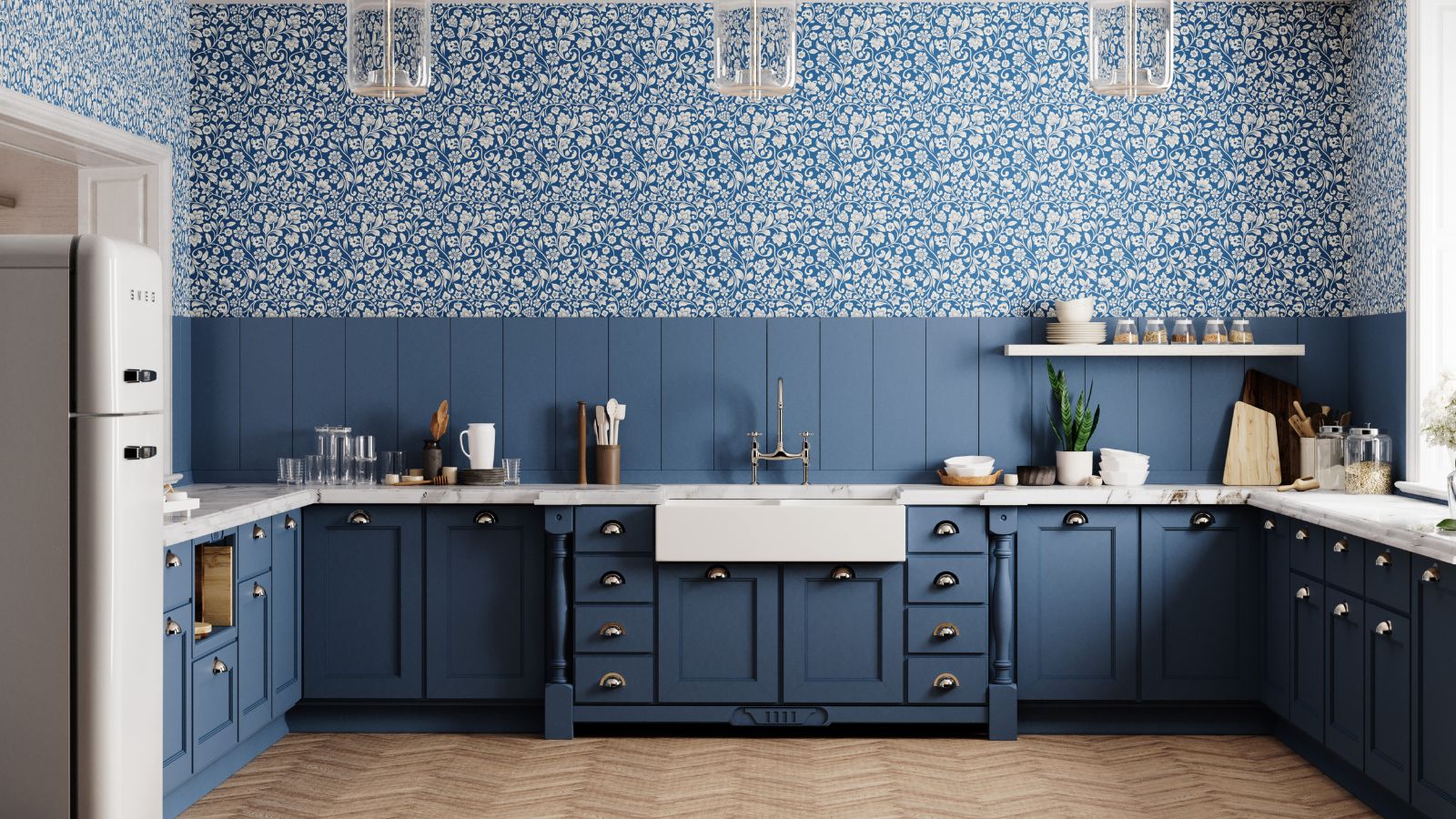 Do cleaning products expire? Professional cleaners warn time could make them ‘less effective, and in some cases, irritating to use’
Do cleaning products expire? Professional cleaners warn time could make them ‘less effective, and in some cases, irritating to use’For the best results, it pays to stay on top of the timeline of your cleaning products
By Chiana Dickson
-
 How to clean a patio – 6 different methods, and when you must use a chemical cleaning agent
How to clean a patio – 6 different methods, and when you must use a chemical cleaning agentFrom manual scrubbing, natural solutions or calling in the pros, industry experts reveal the benefits and considerations of each method
By Andy van Terheyden
-
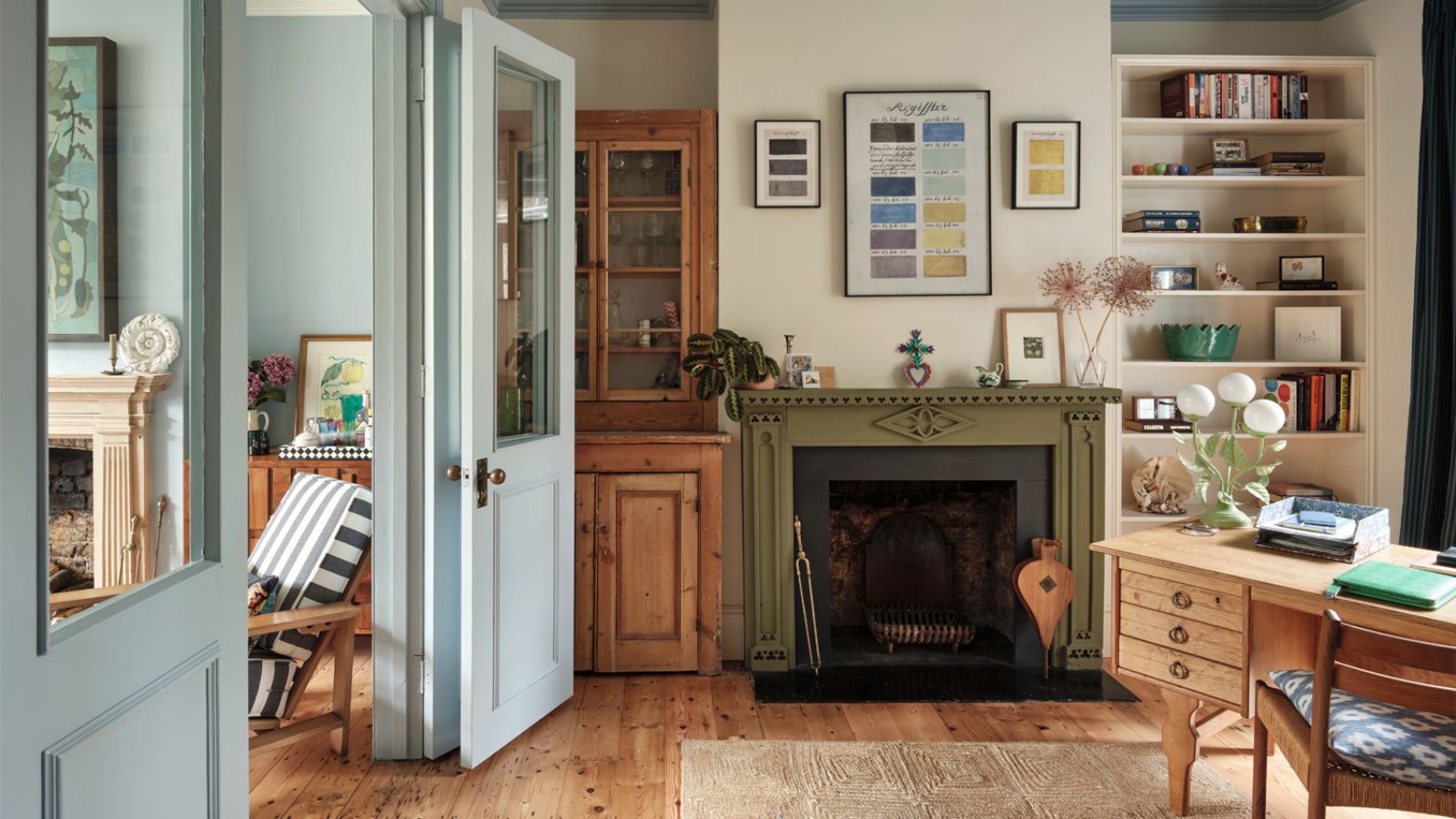 5 surprising but brilliant ways to clean with old socks – from perfectly buffing stainless steel to deterring pests naturally and more
5 surprising but brilliant ways to clean with old socks – from perfectly buffing stainless steel to deterring pests naturally and moreTackle dust in tricky corners, clean your mirrors and even banish bad odors with those rogue single socks
By Andy van Terheyden
-
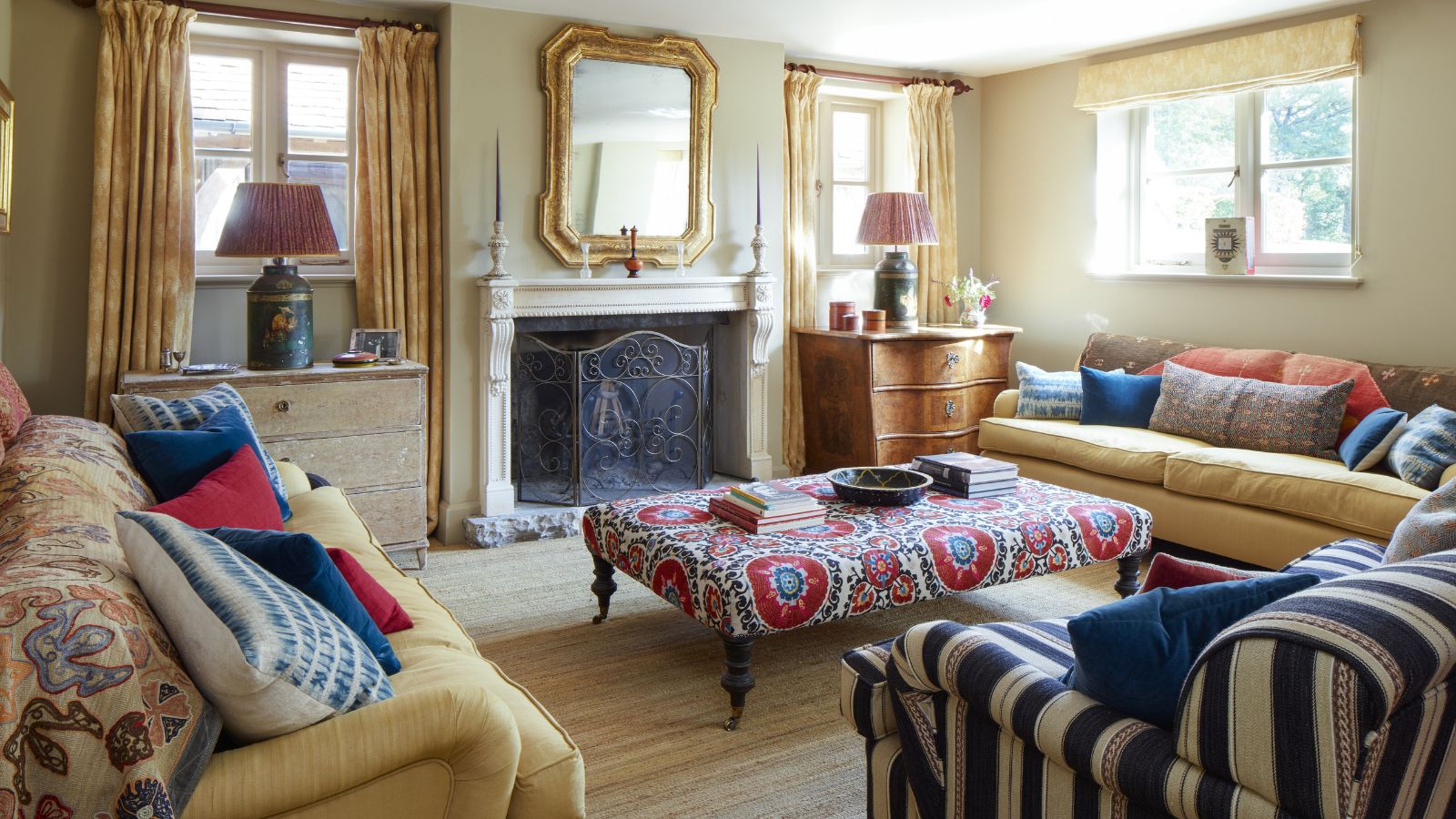 5 things people with clean upholstery always do – they're simple, quick and oh-so-effective
5 things people with clean upholstery always do – they're simple, quick and oh-so-effectiveEnsure your furnishing looks clean year-round with these expert tips
By Seraphina Di Mizzurati
-
 'Wick away the ick' – 6 things people with clean laundry rooms always do to make this hardworking space shine
'Wick away the ick' – 6 things people with clean laundry rooms always do to make this hardworking space shineThese tips on how to clean your laundry room will banish grime
By Seraphina Di Mizzurati
-
 How safe are carpet deodorizers? As a seasoned vacuum tester, I urge you to try alternative methods
How safe are carpet deodorizers? As a seasoned vacuum tester, I urge you to try alternative methodsNatural cleaning is always the answer
By Dan Fauzi